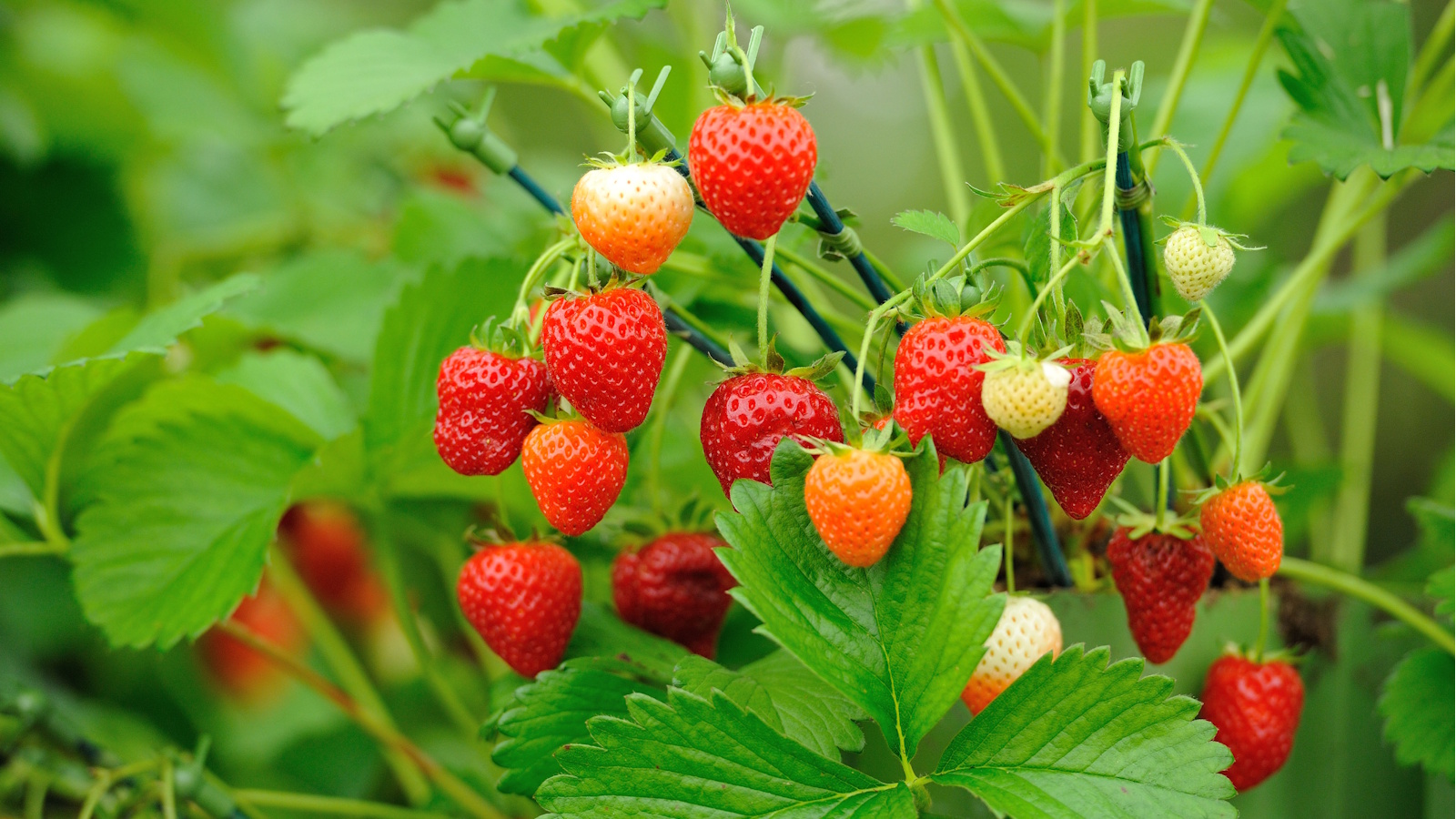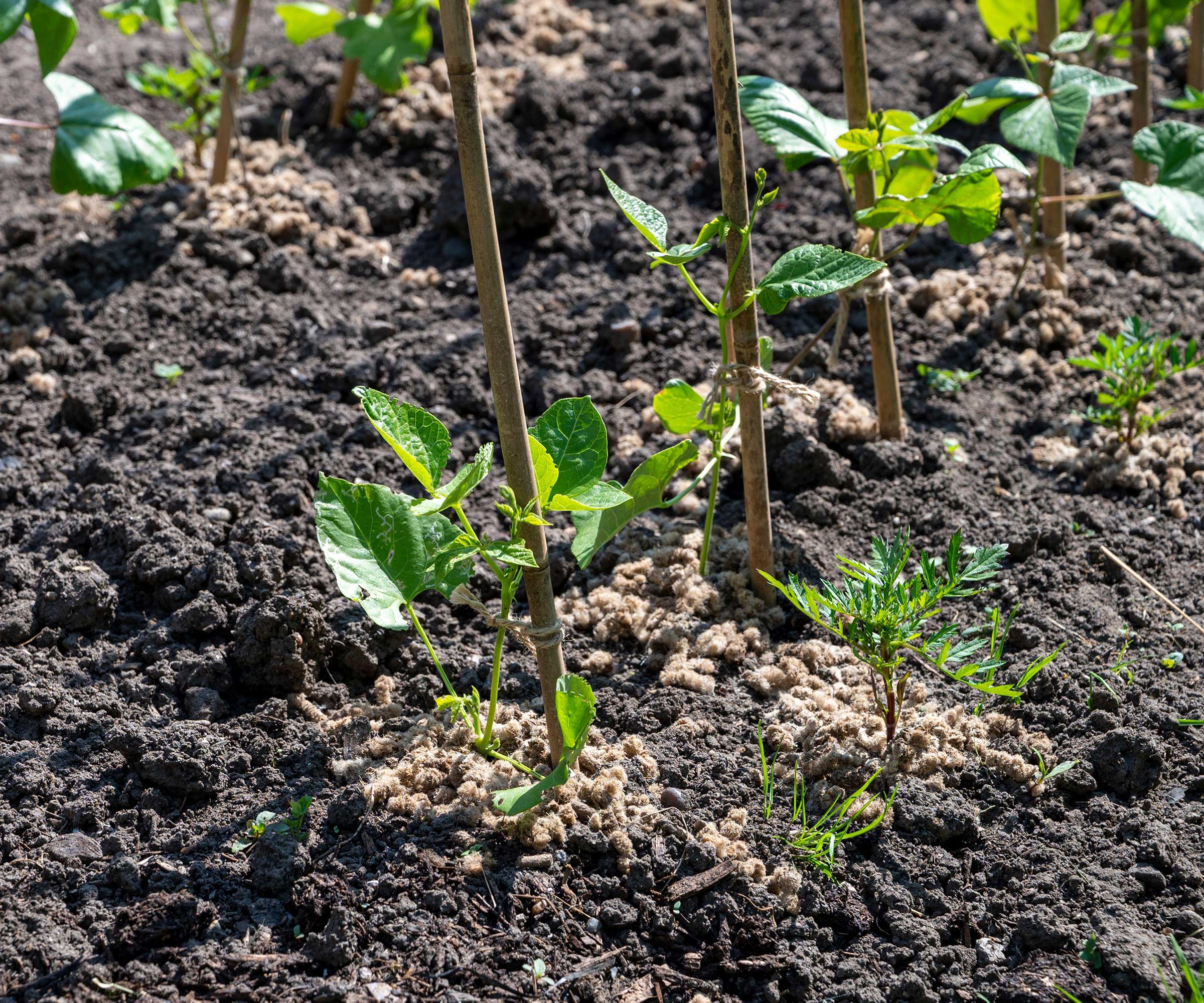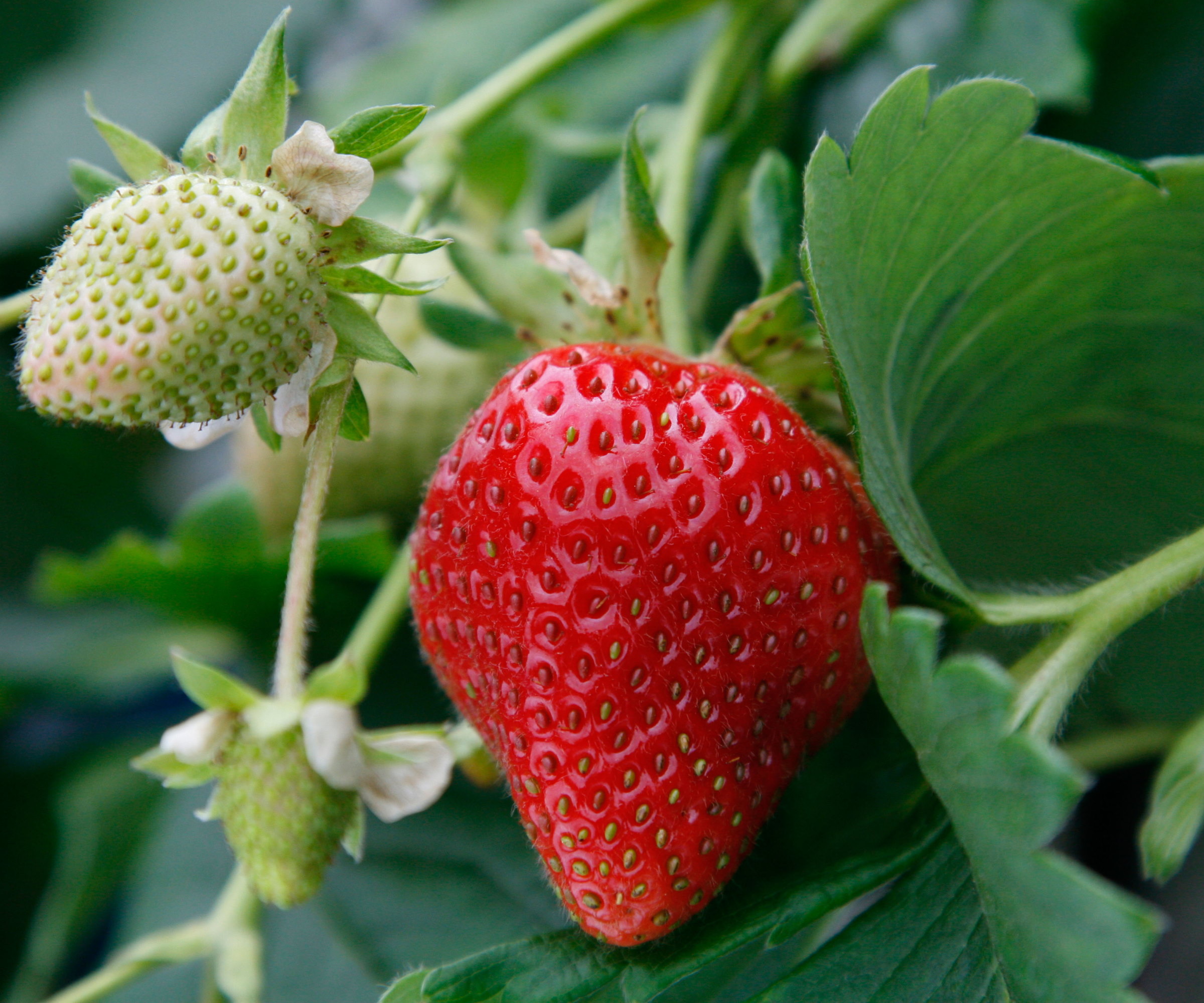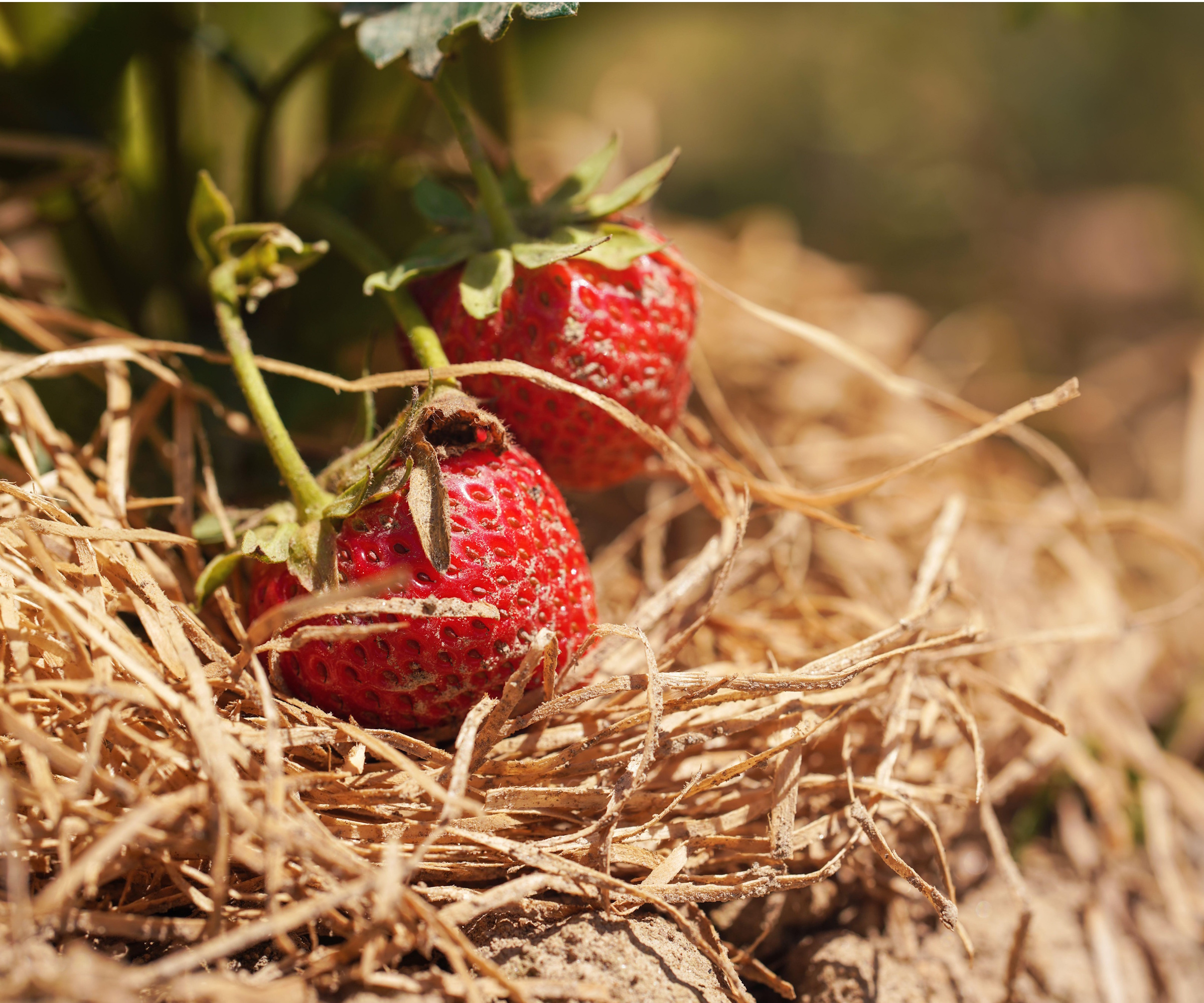
If you're a keen fruit and vegetable grower, it's likely you're always on the hunt for new ways to get the very best harvest possible. This includes growing the biggest, sweetest, brightest strawberries. If this is something you're trying to achieve, then you'll want to try this hack we just stumbled across.
It's as simple as using wool on strawberry plants. When it comes to growing strawberries, using horticultural wool has many benefits. From keeping them hydrated, to providing nutrients, and even deterring common crop pests.
Intrigued as to how this works? Here, we take a closer look at why you should use wool on strawberry plants and how to do it correctly to grow sweet, juicy fruit this summer.
What type of wool should you use on strawberry plants?

Before jumping into the reasons to use wool on strawberry plants, it's important to outline what type of wool we're talking about.
Horticultural wool typically refers to sheep's wool. While you can use wool directly on strawberry plants, it's more common for gardeners to use sheep wool pellets (from Amazon). These are easier to apply as a mulch to plants, and with a smaller surface area, they break down more quickly.
These wool pellets provide essential nutrients to support robust plant growth in any garden.
Use this raw sheep wool in the garden. It makes the perfect nutrient-rich mulch for a wide range of plants.
Use these organic wool pellets for fertilizing plants and supporting growth. Simply mix into soil or use as a mulch.
Why you should use wool on strawberry plants

There are a few ways horticultural wool can help you grow bigger strawberries.
Firstly, wool retains moisture, which can help you avoid the common problem with strawberries becoming dehydrated.
'Strawberries need lots of watering, and can suffer during dry periods as their shallow roots can dry out when the temperatures rise,' explains Homes & Gardens' Content Editor, Drew Swainston. 'A layer of wool over the surface keeps more moisture in the soil where the strawberry plants can use it. This is especially beneficial during the fruiting season, when strawberries need constant moisture levels the most, to develop and ripen large, tasty fruits,' he adds.
Not only this, but if you use wool on strawberry plants, you're actually also fertilizing strawberries gradually. This is because wool is nitrogen-rich, releasing this essential plant nutrient into the soil as it decomposes.
However, it's important not to rely on this solely for nourishing strawberries. Nitrogen will aid their vegetative growth, but they also need potassium and phosphorus to aid fruit production. That's why you should try using this berry fertilizer from Amazon, too.
Another reason to use wool on strawberry plants is it can help get rid of weeds by smothering them when using wool for mulching.
'This will stop weeds stealing precious water and nutrients away from the strawberry plants during the fruiting season,' Drew says.
How to use wool on strawberry plants

You can use wool on strawberry plants by using it as a layer of mulch, creating a little mound at the base of your strawberry plant.
As your strawberries grow, you'll see that the wool also helps to keep the fruit off the ground. This makes picking strawberries a cleaner process, plus it helps keep strawberry pests away.
More specifically, the texture of wool can get rid of slugs and snails who find it unpleasant to climb over.
FAQs
Can you add wool to compost for plants?
Yes, you can use wool when making compost. It acts as a green material, providing a source of nitrogen in your compost heap. Once decomposed, wool contributes to nutrient-rich compost for use in the yard, for flowers and crops alike.
There are so many strawberry growing hacks to explore, but this is certainly a low-maintenance one that reaps so many benefits. It will work for all types of strawberry plants, even when growing strawberries from a strawberry.







